Tetrapanax papyrifer Chinese rice-paper plant
Tetrapanax
The genus Tetrapanax is a botanical curiosity within the Araliaceae family, as it contains only a single species: Tetrapanax papyrifer. It is called Chinese rice-paper plant and originates from eastern and central China and Taiwan, where it grows in subtropical forests as an evergreen shrub or small tree. The first botanical description dates to the mid-19th century, when British botanist William Jackson Hooker (1785–1865) described it as Aralia papyrifera. It was later reassigned to its own genus by German botanist Karl Heinrich Emil Koch (1809–1879), who named it Tetrapanax—meaning “fourfold ginseng,” referring to its resemblance to the genus Panax (ginseng). In China, it is known as 通草 (Tong Cao), and its use in traditional medicine includes treatment of female health issues and support for lactation.
The plant is best known for its pith, which was traditionally used to produce so-called “rice paper,” although it has no connection to rice. This paper, made by rolling the soft pith into thin sheets, was widely used in 19th-century Chinese painting, artificial flower making, and even traditional medicine. Interestingly, the leaf rosette at the top of the unbranched stem can resemble a palm at first glance, although it is not botanically related to palms. As the sole representative of its genus, Tetrapanax is often sought after by collectors and enthusiasts of botanical rarities.
The botanical species of the rice-paper plant is a true head-turner. Do you remember when you last saw someone or something so beautiful that you forgot where you were walking and, turning your head, almost ended up bumping into a lamppost? What a classic movie gig! But this can easily happen here, I am telling you! 😊
It bears enormous, medium green, palmate, deeply lobed leaves, usually with 5 to 7 lobes that have slightly wavy edges. The width of the leaves ranges from 60 to 80 cm, occasionally reaching up to a meter, and they are carried on long, hollow petioles that emerge from the top of an unbranched stem. Each lobe—the tip of the leaf—ends in two smaller sub-lobes, resembling the claws of a giant lizard or a rooster on steroids. The overall impression is wild, as if nature designed it for a tropical thriller.
Depending on the climate zone where it is grown, it can be a deciduous shrub or semi-woody perennial up to 2–2.5 meters tall (in Central Europe), or a small evergreen tree reaching up to 5 meters (in subtropical regions). The surface of the leaves and young shoots is covered with fine rusty hairs, which may cause skin irritation in highly sensitive individuals. In subtropical climates and greenhouses, it can bloom in late summer with creamy white flowers arranged in spherical clusters that are highly attractive to pollinators. After flowering, small black fruits develop.
In 2007, renowned British gardener Christopher Lloyd mentioned Tetrapanax in his book Exotic Planting for Adventurous Gardeners, describing it as a plant with a prehistoric look and dramatic effect. The Rex cultivar has become an icon of jungle-style gardens that mimic tropical vegetation. Interestingly, even young plants produce enormous leaves, which is unusual for woody species. In some regions, Tetrapanax spreads aggressively via underground runners, earning it the nickname garden Godzilla.
In the garden, Tetrapanax Rex acts as a bold focal point, adding an exotic and architectural character to the composition. It fits well in subtropical borders, alongside modern homes, or in urban gardens where it stands out against clean lines. It pairs beautifully with hardy bananas and hardy begonias, or with dark- or bold-leaved perennials such as ligularia, cimicifuga, or rodgersia. For contrast, it also works well with larger clumps of fine-leaved grasses like Pennisetum, Panicum, or Deschampsia. Due to its size, it is best suited for larger spaces, but it can also be grown in large containers. Due to its massive leaves, other plants may struggle to thrive beneath it, so it’s best used as a dominant feature.
Chinese rice-paper plant prefers sunny to partially shaded locations, sheltered from strong winds. The soil should be humus-rich, well-drained, yet evenly moist – this plant does not tolerate waterlogging, especially in winter. During the growing season, it benefits from regular watering and feeding with a general-purpose fertilizer for leafy plants. In autumn, it’s advisable to mulch generously and protect the root crown from frost using straw, conifer branches, or bark. Under ideal growing conditions the plant tends to form runners, which can create dense colonies. Young plants are best overwintered in a cool, bright space and planted outdoors only when they are strong enough. Verified root hardiness reaches down to –24 °C (–11 °F), while above-ground parts may die back at around –10 °C (14 °F). Depending on the severity of the frost, the plant will re-emerge in spring either from the tips of undamaged stems or from the roots, and we are happy to confirm that in Central Europe, not a single specimen has died so far. Tetrapanax is not toxic, but its hairs may be irritating, so gloves are recommended when handling. It can be grown in large containers, but these must be stored frost-free during winter.
Last update: 14-09-2025
Goods are shipped all over Europe. For Russia and U.K. and for further details please read about SHIPPING OPTIONS HERE.
Are you interested in a serious discount for orders NOV-FEB? Check your options here.
THE PRICES INCLUDE VAT of 15%. For quick conversion you can use 1 CZK = approx. 0.04 EUR
- STANDARD QUALITY - Plants of this group are 1st class quality with number of branches and overall density adequate to their size and age, considering they were container grown.
- DE LUXE QUALITY - This label guarantees a luxurious quality of manually selected plants that, compared to their height and age, are exceptionally dense and beautiful.
- EXTRA - These plants are usually mature and bigger specimens with exceptional overall appearance.
- STANDARD (as described in the plant form) means a tree with a trunk of 190-210 cm and a crown at the top, unless specified differently. The commercial size for trees is their girth measured in the height of 1m from ground.
- HOBBY - These plants are of the same quality as our standard-quality plants but younger and therefore cheaper.
- SHRUB - a woody plant with branches growing bushy from the ground level.
- HALF-STANDARD or MINI-STANDARD - a small tree with shorter trunk, its size is usually specified.
- FEATHERED - These are trees with branches growing already from the base of the trunk and up along the stem.
- GRASSES and PERENNIALS - Sizes given usually read the diameter of the pot or the clump, as specified.









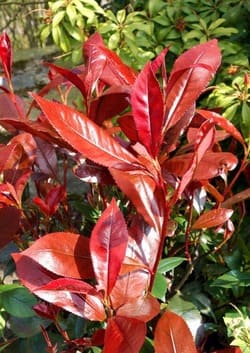
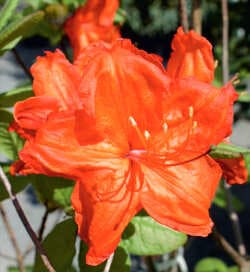

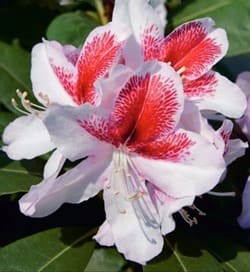


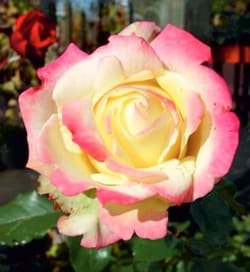
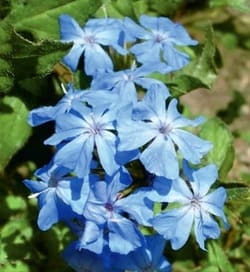
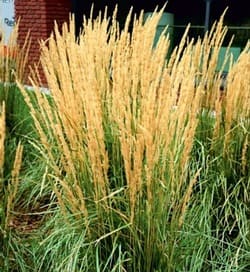
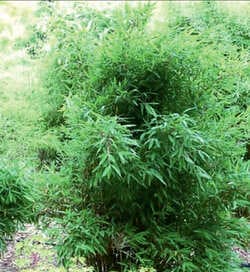

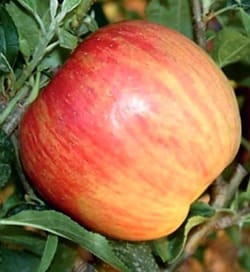
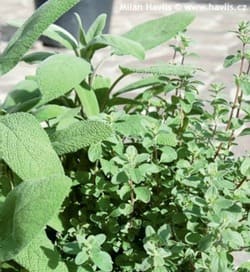
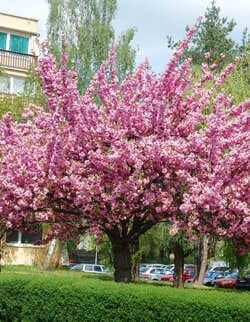
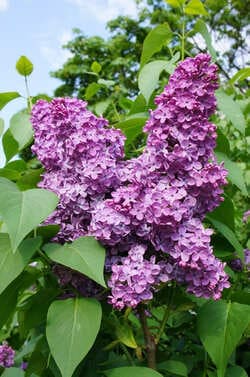
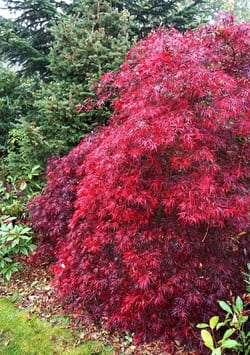
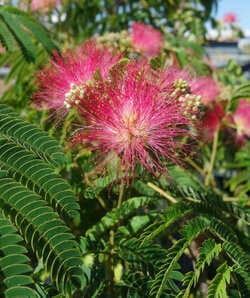
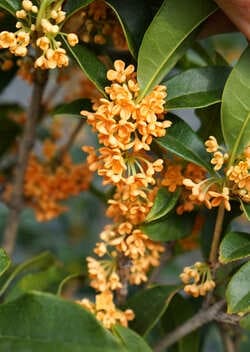



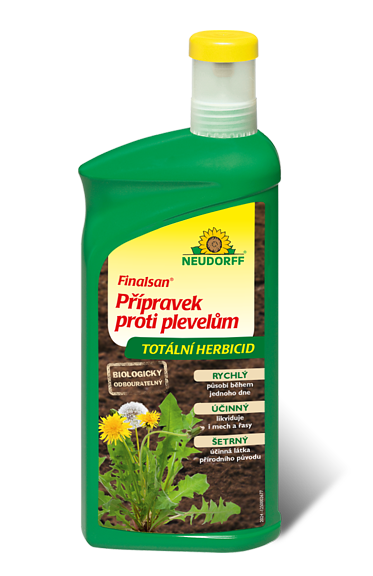



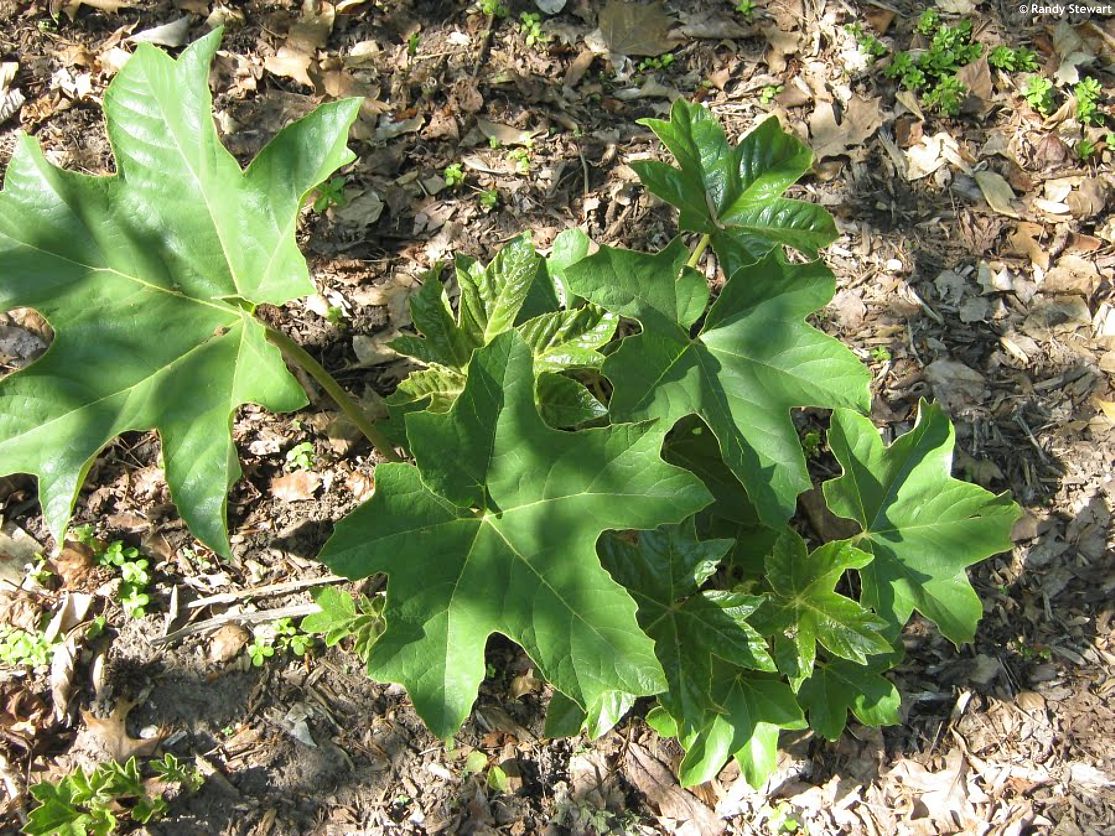

.jpg)
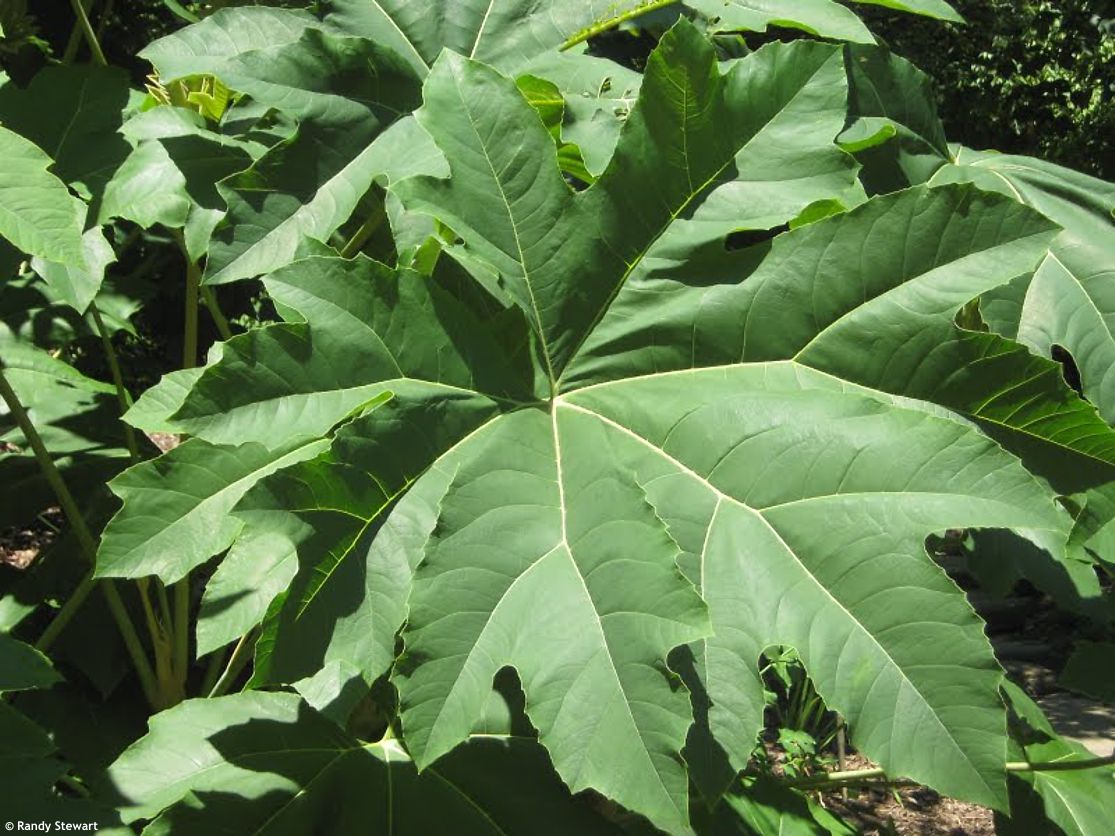

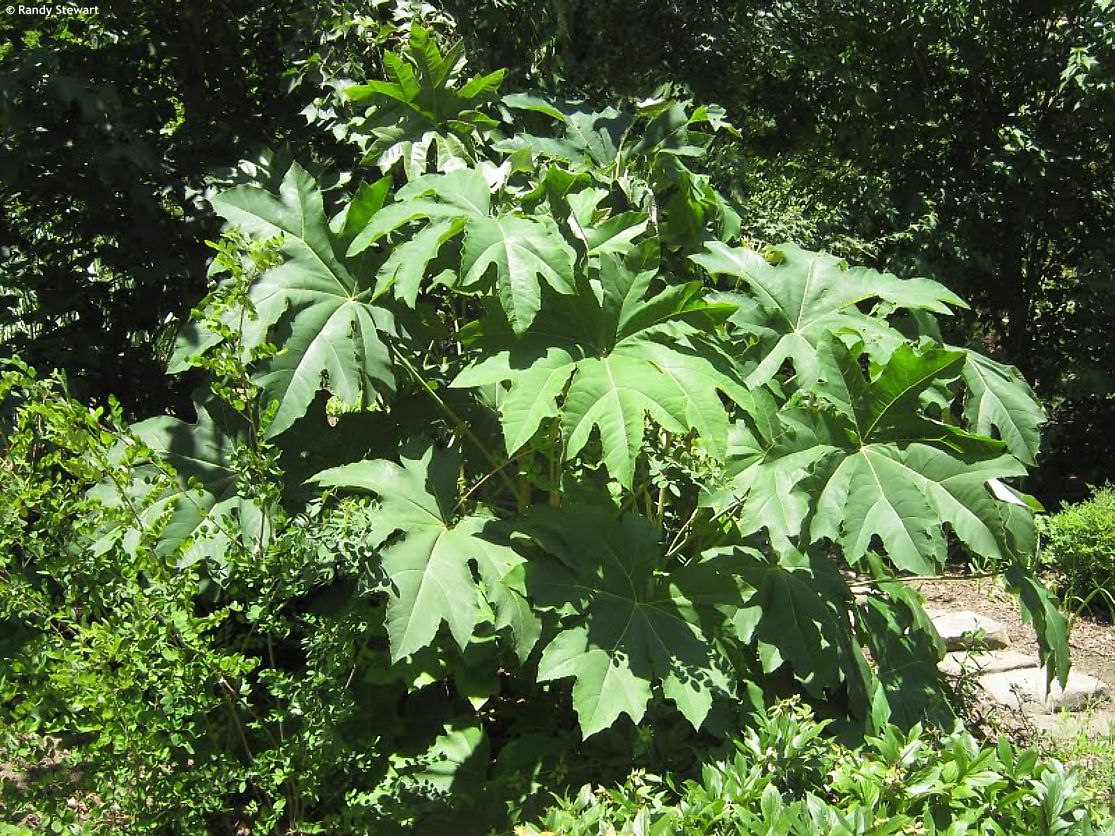
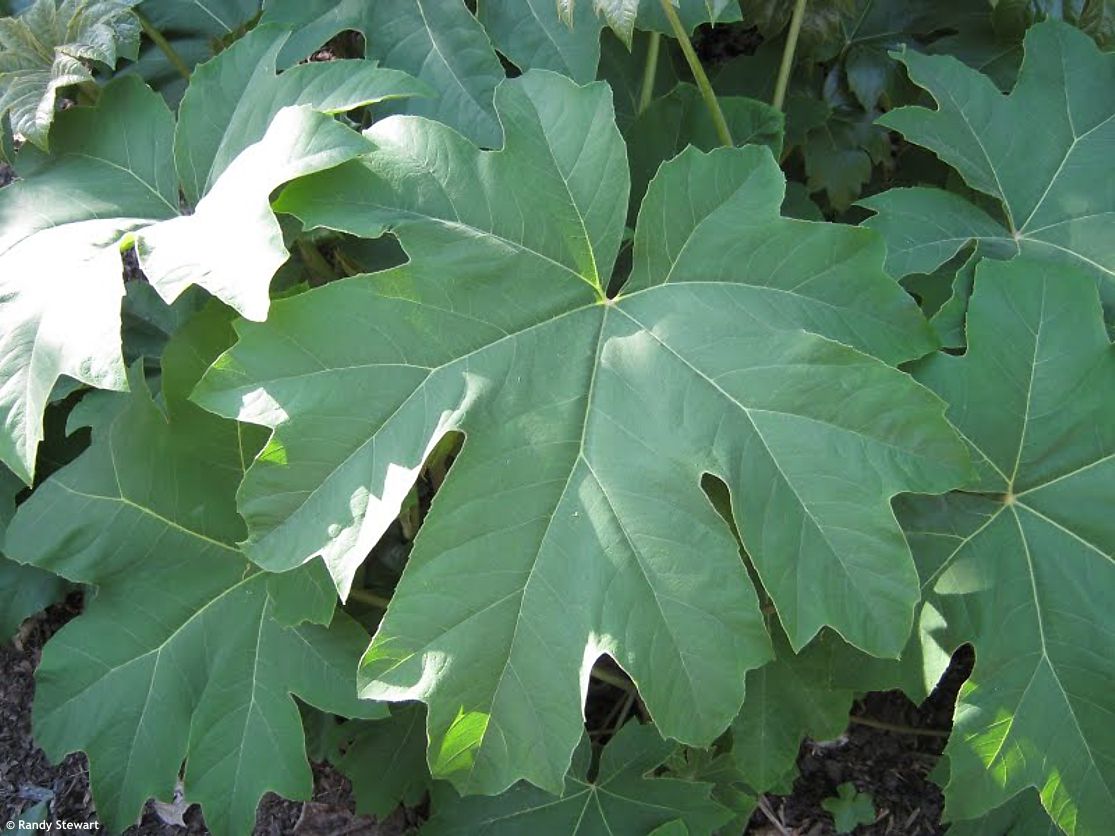
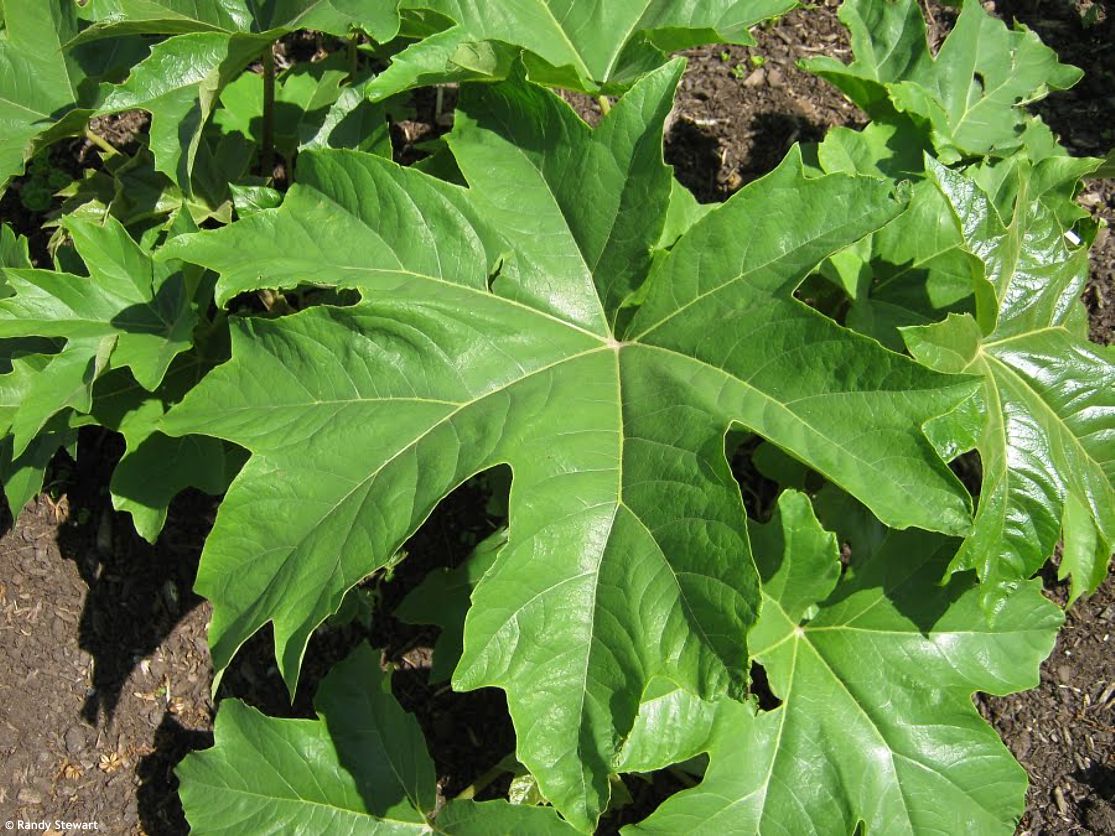
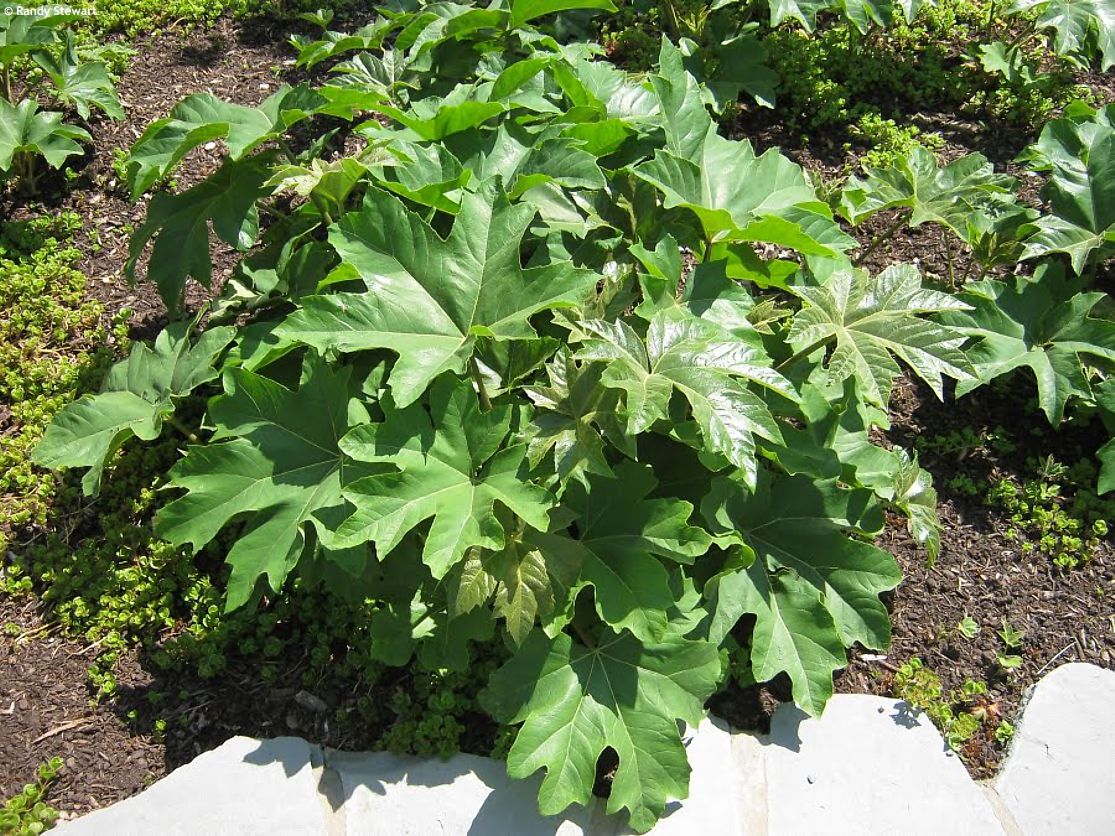


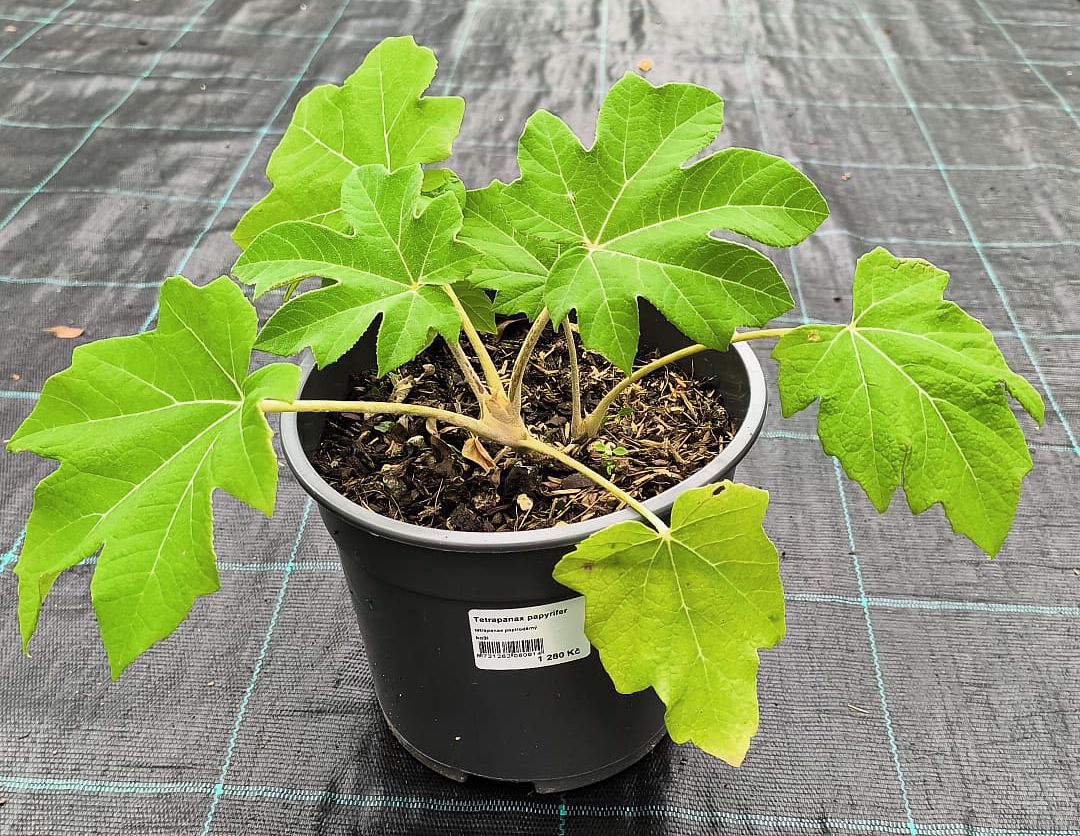
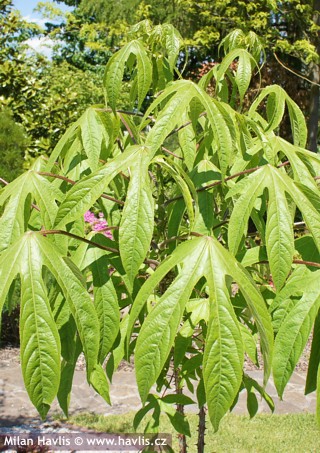
.jpg)
